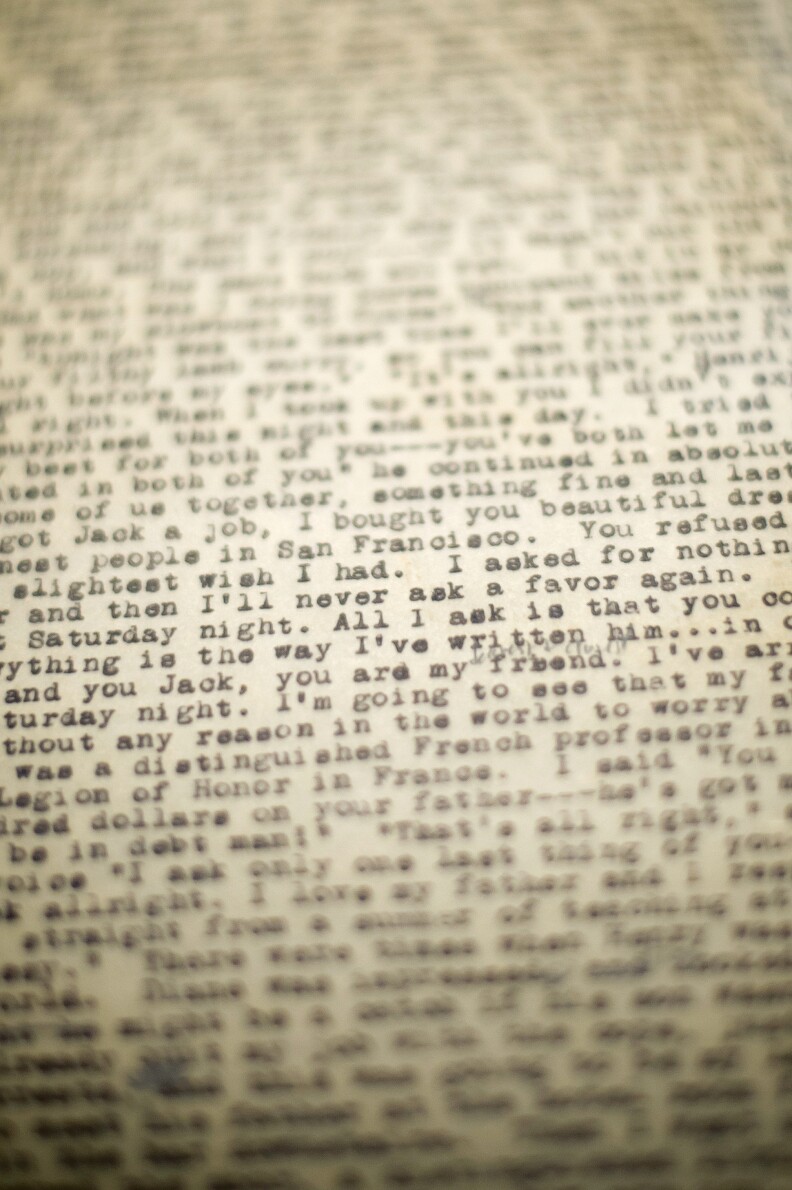After many decades adrift, an important long-lost missive has returned to San Francisco. It’s said to be the letter that inspired Beat writer Jack Kerouac’s famous spontaneous 'bop' style.
What's now known as the 'Joan Anderson Letter' was written by Kerouac's friend and fellow writer Neal Cassady, and was mailed to Kerouac from San Francisco in 1950. After years of being passed around by the likes of fellow Beatnik Alan Ginsberg, and eventually boxed up by a defunct publishing company, it was lost for decades.
But Kerouac did not forget the letter easily. Remembering it in an interview with the Paris Review in 1968, Kerouac called the 'Joan Anderson Letter', "the greatest piece of writing I ever saw, better’n anybody in America, or at least enough to make Melville, Twain, Dreiser, Wolfe, I dunno who, spin in their graves."
After receiving the letter, Kerouac changed his writing style from the more novelistic Thomas Wolfe-style of "The Town and the City," to the disruptive, 'bop' style he adopted for "On the Road."
Now, much to the delight of Beat generation enthusiasts, the epistle was discovered recently and is set to be auctioned by Profiles in History on December 17th. Meantime, a private group of scholars and friends got a sneak peak of it at San Francisco’s Beat Museum.
The Beat Museum’s founder Jerry Cimino joined Take Two to talk about the letter's significance and the enthusiasm Beat aficionados feel about its discovery.



